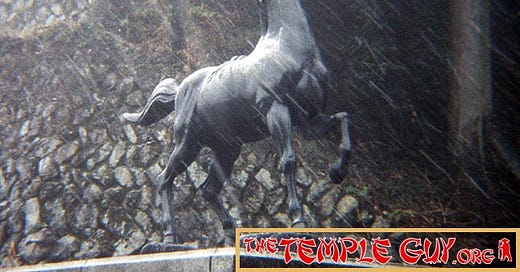Ep. 079: Sefuku-ji, the Kansai Pilgrimage's Most Remotest Temple
Toiling up a mountain on a cold January day
Come along as I visit one of the most remotest temples on the Saigoku pilgrimage--these days, at least. Let's visit Sefuku-ji in Izumi City, Osaka Prefecture, in this episode of--
TEMPLE TALES!




